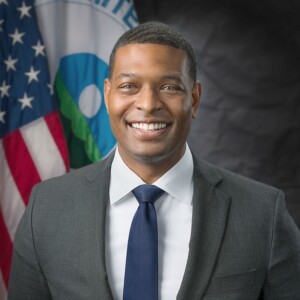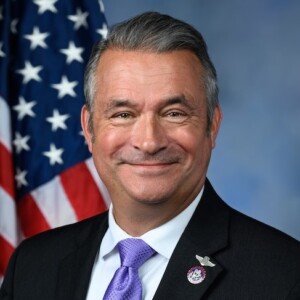Water Systems
Keystone creates solutions for water conservation and quality, and the resilience of water systems to growing demand and a changing climate. Our recent work includes:
-
Identifying collaborative clean up priorities and strategies for abandoned mines, accompanied by implementation and monitoring by partners.
-
Developing funding and communication strategies to support Colorado’s water plan.
-
Identifying and modeling strategies to integrate water and land use planning.
-
Tracking water quality and quantity metrics and promoting best agricultural practices to support watershed health.
-
Developing water clarity standards for a natural lake impacted by water and energy projects.
Featured Projects
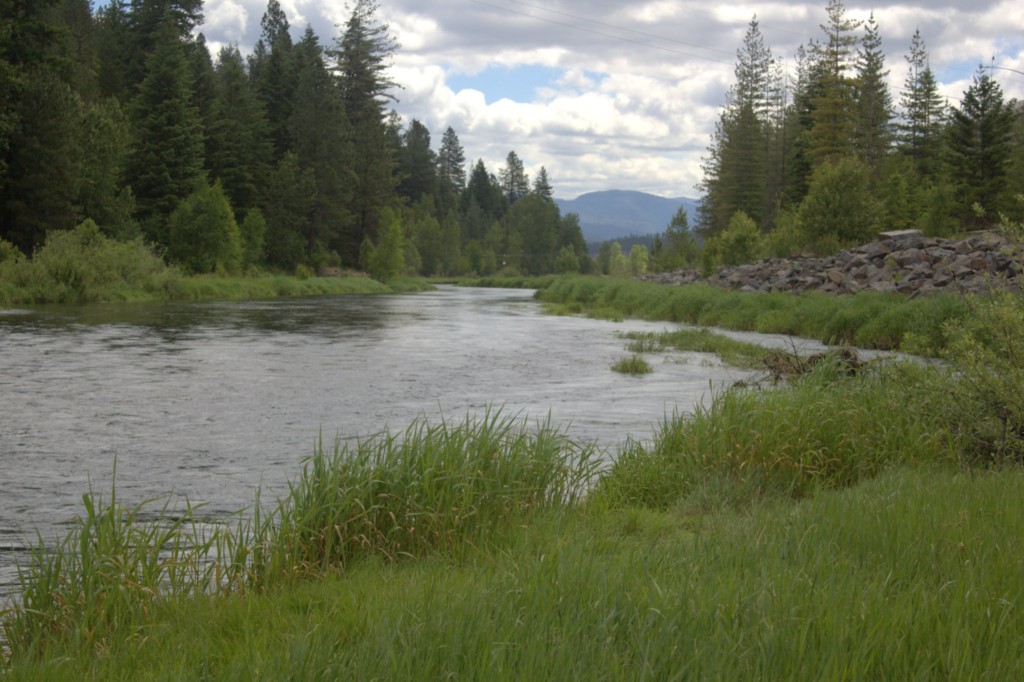
Waste Consolidation Area Project Focus Team
The Coeur d’Alene Basin Cleanup is also known as the Bunker Hill Mining & Metallurgical Complex Superfund Site. It is located in northern Idaho and eastern Washington, in one of the largest historical mining districts in the world. The Coeur d’Alene Basin Cleanup is one of the nation’s largest and most complex Superfund sites. In 2018, the U.S. Environmental Agency (EPA) released a Strategic Plan that describes the requirements, goals and objectives that are the framework for planning cleanup of the Lower Basin of the Coeur d’Alene River (Lower Basin). One of the necessary elements for controlling sources of metals to Lake Coeur d’Alene (Idaho), and for protecting human health and the environment, is the construction of waste consolidation areas (WCAs) or regional repositories. For cleanup to progress in the Lower Basin, specifically reducing mobilization of contaminated sediments from the Coeur d’Alene River, EPA’s goal is to have one or more Lower Basin WCAs ready to accept waste materials within the next 3 to 5 years. A Lower Basin WCA Project Focus Team (PFT) was assembled to review the proposed WCA siting locations for disposal of waste materials from the Dudley Reach pilot project. Keystone provided facilitation support to several meetings of the PFT.
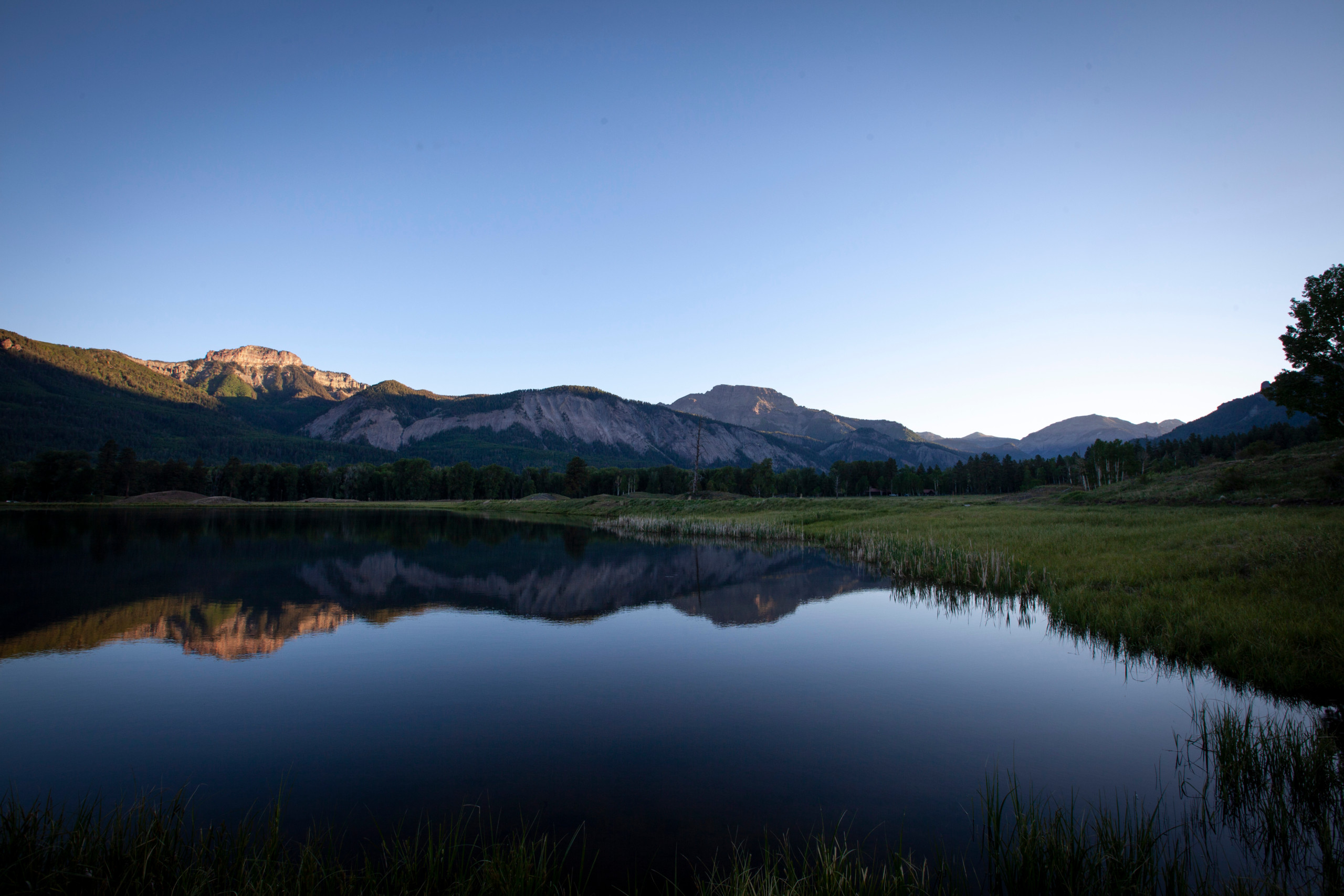
For the Love of Colorado – Funding Colorado’s Water Plan
Water is critical to the future of Colorado and pressures for how water is managed throughout the state will only increase. Keystone facilitated a diverse set of leaders convened by Gates Family Foundation and Walton Family Foundation to work to identify a viable strategy for securing funding and implementation of the Colorado’s Water Plan. As the initiative, initially called For the Love of Colorado, begins implementing its strategy, Keystone is serving as the fiscal sponsor for the broader initiative and has helped guide the group through a successful legislative session that both secured additional general funding for water and tied revenue generated from potentially legalizing sports betting in the state to water projects. Learn More
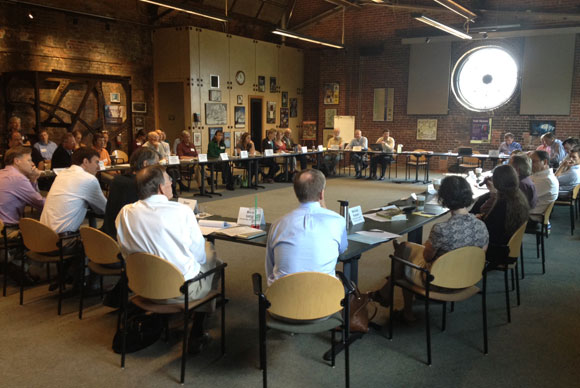
Colorado Water and Growth Dialogue
By 2040, Colorado is projected to experience an approximately 40 percent increase in population1 and with these people will come an increase in municipal and industrial water demand. In the semi-arid climate of Colorado with limited water supplies, this increased water demand will result in a statewide water supply gap. Thus far, strategies to address the gap have generally taken three forms: develop new supply and water storage projects, implement reuse projects, and encourage water conservation. The Colorado Water and Growth Dialogue explored whether the integration of water and land use planning might reduce water demand from residential housing development and re-development associated with the projected population increase. The dialogue facilitates the exploration of data and information for land planners, water planners, policy makers, development interests, and others interested in the potential impact of integrating land and water planning. Learn about the Results of the Dialogue.
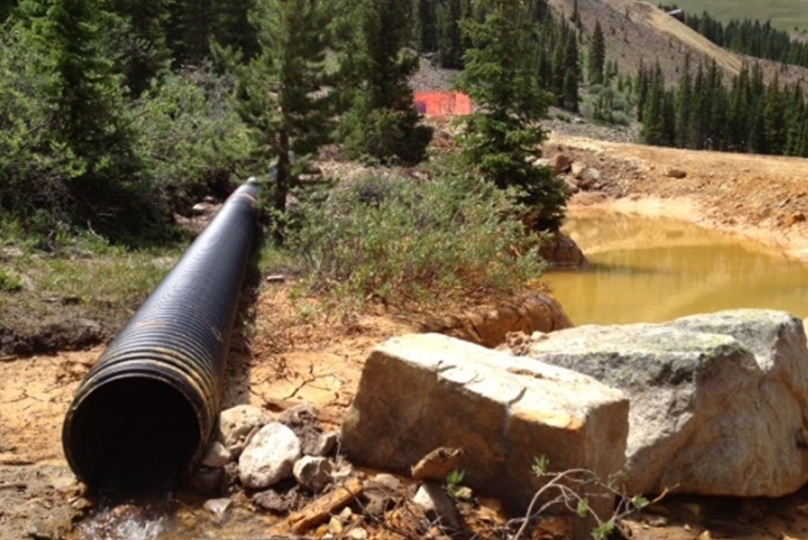
Snake River and Summit County Abandoned Mines
The Snake River, which flows through Keystone, Colorado, is impacted by mining activities that took place at the turn of the 20th century. Keystone facilitated the Snake River Task Force, a stakeholder group that has worked to characterize the water quality issues in the Snake River basin and identify and implement appropriate mitigation projects. The Task Force was comprised of federal, state and local agencies, conservation organizations, and private companies. Learn more and read the final case study.
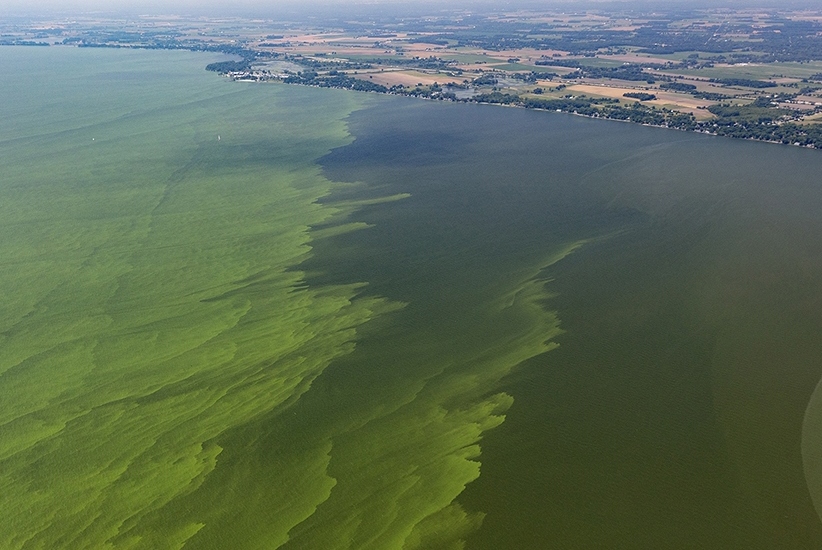
Lake Erie
Water quality in the Great Lakes region is a complex issue with many interrelated factors, including geography, land use, economic and population growth, and weather events. Given this complexity, the question of where best to put effort and funding to influence the situation is not straightforward. To help focus its own investment, the Erb Family Foundation asked Keystone Policy Center to conduct a scoping assessment of phosphorus loading from agricultural lands and its contribution to harmful algal blooms in Lake Erie. Keystone worked with Erb to map stakeholders in and around the Western Lake Erie Basin, including representatives in government at the federal, state, and local levels, conservation-focused nonprofit organizations, academic research institutions, and agricultural groups. These stakeholders were interviewed about the state of the issue, the status of existing conservation efforts, the actions and investments that might yield the most leverage over the issue, and the metrics that should be used as measures of improvement.

